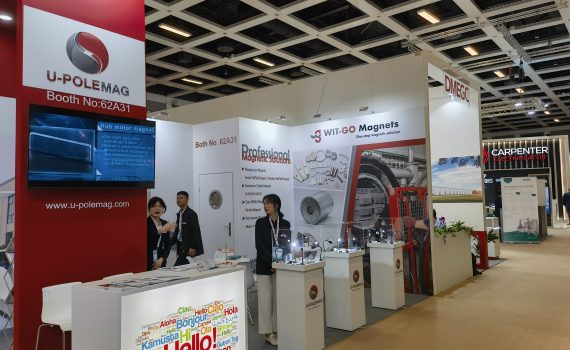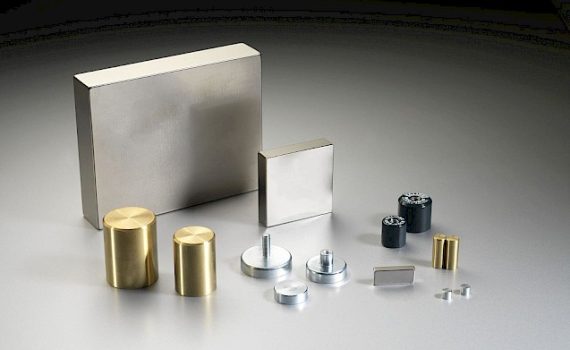Powering Transformative Technologies: U-POLEMAG invites you to discover our advanced magnetic materials at Booth 62A31
- 2023-05-24
Dear Customers,
We cordially invite you to visit U-POLEMAG at Booth 62A31 during CWIEME Berlin, Europe’s leading exhibition for coil winding, insulation and electrical manufacturing, from May 23 to 25, 2023.
As a pioneering supplier of advanced magnetic materials, U-POLEMAG is thrilled to showcase our latest range of Neodymium magnets, magnetic assemblies and precision magnetic components at CWIEME Berlin 2023. Our newly developed Neodymium-Iron-Boron magnets feature cutting-edge designs and deliver unparalleled magnetic strength, while our custom magnetic components provide enhanced accuracy and performance.
Our team of global magnetics experts will be on-site to offer insights into our highly innovative products and proprietary manufacturing technologies. Do not miss the live product demonstrations to witness how U-POLEAMG is empowering companies across industries to develop next-generation applications with our best-in-class magnetic and precision materials.
CWIEME Berlin is Europe’s must-attend event for the coil and winding industry, attracting thousands of key decision makers and buyers. We deeply appreciate your long-standing partnership and trust in our materials, expertise, and manufacturing capabilities. Come visit us at Booth 62A31 to discover how U-POLEMAG is enabling transformative technologies of the future with the most advanced magnetic materials available.
We eagerly look forward to connecting with you at the U-POLEMAG booth in Berlin. Please let us know if you require additional information or a meeting schedule. Thank you for your continued support and we hope to see you at CWIEME Berlin 2023!
Regards,
U-POLEMAG
READ MORE

 Magnetic Field Calculation
Magnetic Field Calculation Raw Material Trend
Raw Material Trend Magnet Testing
Magnet Testing Magnet Plating
Magnet Plating Magnetization
Magnetization Magnet Packing for Shipment
Magnet Packing for Shipment Magnetic Glossary
Magnetic Glossary Magnets Overview
Magnets Overview Magnets FAQ'S
Magnets FAQ'S Alibaba Trade Assurance
Alibaba Trade Assurance



